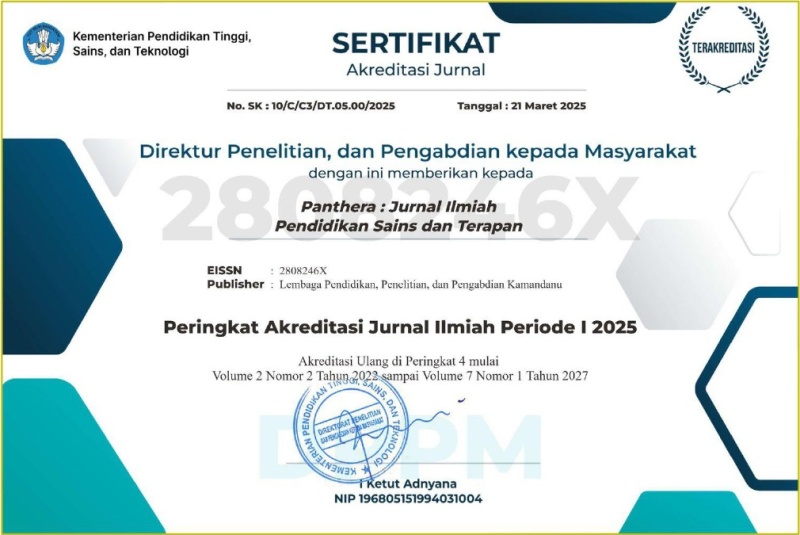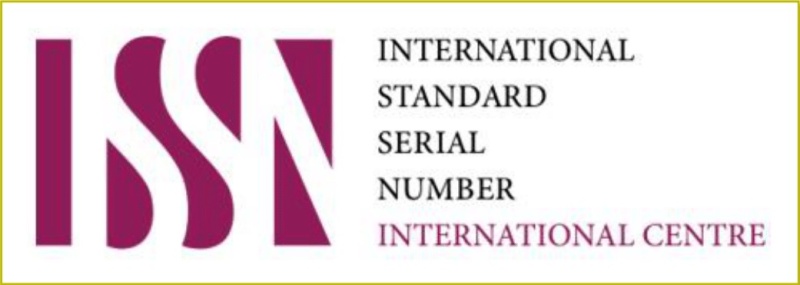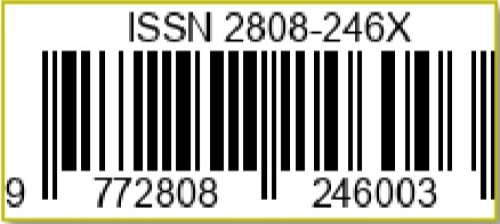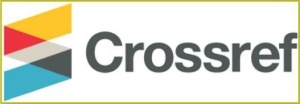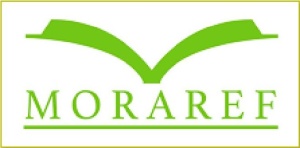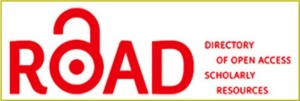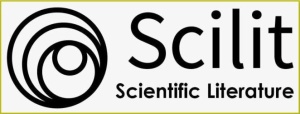Analisis Tindak Tutur pada Tayangan Channel Youtube Metro TV, Kiky Saputri dan Ate Roasting Pasangan Calon Presiden 01 Tahun 2024 (Kajian Pragmatik)
DOI:
https://doi.org/10.36312/panthera.v5i4.770Keywords:
Illocution, Locution, Perlocution, Pragmatic, Roasting, Speech Act, YouTubeAbstract
This study aims to analyze the forms of speech in YouTube Metro TV shows in the Kiky Saputri and Ate segment while roasting the pair of presidential candidates for the Republic of Indonesia 01 in 2024. This study uses a pragmatic approach with a focus on three types of speech acts, namely locution, illocution, and perlocution. The research method used is qualitative descriptive with data collection techniques through documentation studies from videos lasting 34 minutes and 16 seconds. The results of the study showed that in the show there were various forms of locution speech in the form of statements, questions, and the delivery of literal information. The acts of illocution speech found included commands, sarcasm, and praise which were categorized into assertive, directive, expressive, and commissive functions. Meanwhile, the act of perlocution speech is seen through the reaction of the audience and speech partners which shows the success of communication in the context of humor and social criticism. These findings show that speech in the context of roasting not only contains elements of entertainment, but also conveys certain intentions and has an effect on listeners. This research is expected to contribute to the development of pragmatic studies, especially in understanding the function and strategy of language in social media, as well as becoming a reference for language educators and practitioners in fostering polite language awareness in the digital public space.
Downloads
References
Attardo, S. (2017). The Routledge Handbook of Language and Humor. London: Routledge.
Farizi, M. A. A., Azizah, H. R. N., Putri, S. A., Linawati, A., & Utomo, A. P. Y. (2023). Analisis Tindak Tutur Representatif pada Daftar Putar “MKU Bahasa Indonesia” dalam Channel Rahmat Petuguran. Pena Literasi, 6(1), 40-53. https://doi.org/10.24853/pl.6.1.40-53
Ferranda, A. F. (2021). Tindak Tutur Menurut Austin dalam Drama “Padang Bulan” Karya Ucok Klasta. In Prosiding Seminar Nasional Bahasa dan Sastra Indonesia (pp. 104-109). Jakarta, Indonesia: Universitas Muhammadiyah Jakarta.
Hasanah, N., Nurjanah, U. D., & Utomo, A. P. Y. (2022). Analisis Tindak Tutur Lokusi dalam Konten YouTuber Jerome Polin. Jurnal Ilmiah Telaah, 7(1), 85-95. https://doi.org/10.31764/telaah.v7i1.7422
Hermaji, B. (2021). Teori Pragmatik (Edisi Revisi). Bantul: Magnum Pustaka Utama.
Mamentu, R. A., Karamoy, O. H. S., & Karouw, S. M. (2022). Variasi Bahasa Berdasarkan Gender di Perumahan Watutumou Permai. Jurnal Elektronik Fakultas Sastra Universitas Sam Ratulangi, 34(1), 1-20.
Munandar, I., & Darmayanti, N. (2021). Tindak Tutur Ilokusi dalam Pidato Ridwan Kamil pada Acara Bukatalks: Suatu Kajian Pragmatik. Jurnal Metabasa, 3(1), 25-40. https://doi.org/10.37058/mbsi.v3i1.3509
Muthmainnah, I., Sari, N. N., Febriani, S., & Saleh, M. (2025). Analisis Pragmatik Fungsional: Tindak Tutur Siaran Langsung Jualan di TikTok Berdasarkan Teori Austin. JIMU : Jurnal Ilmiah Multidisipliner, 3(2), 563-572.
Reistanti, A. P. (2021). Tindak Tutur Ekspresi Penolakan Anak Usia Dini: Kajian Pragmatik. Jurnal Ilmiah Pedagogy, 14(2), 1-18. https://doi.org/10.63889/pedagogy.v14i2.93
Searle, J. R. (1969). Speech Acts: An Essay in the Philosophy of Language. Cambridge: Cambridge University Press.
Sugiyono, S. (2016). Metode Penelitian Kuantitatif, Kualitatif, dan R&D. Bandung: CV. Alfabeta.
Tantra, F. S., Suntoko, S., & Pratiwi, W. D. (2022). Analisis Tindak Tutur dalam Novel Natisha Karya Khrisna Pabichara (Kajian Pragmatik). Edukatif : Jurnal Ilmu Pendidikan, 4(1), 617-626. https://doi.org/10.31004/edukatif.v4i1.1887
Yule, G. (2017). Pragmatics (2nd Ed.). Oxford: Oxford University Press.
Downloads
Published
How to Cite
Issue
Section
License
Copyright (c) 2025 Asmirawanti, Muh. Safar, & Muhammad Asdar

This work is licensed under a Creative Commons Attribution-ShareAlike 4.0 International License.
-
Attribution — You must give appropriate credit, provide a link to the license, and indicate if changes were made. You may do so in any reasonable manner, but not in any way that suggests the licensor endorses you or your use.
-
ShareAlike — If you remix, transform, or build upon the material, you must distribute your contributions under the same license as the original.





